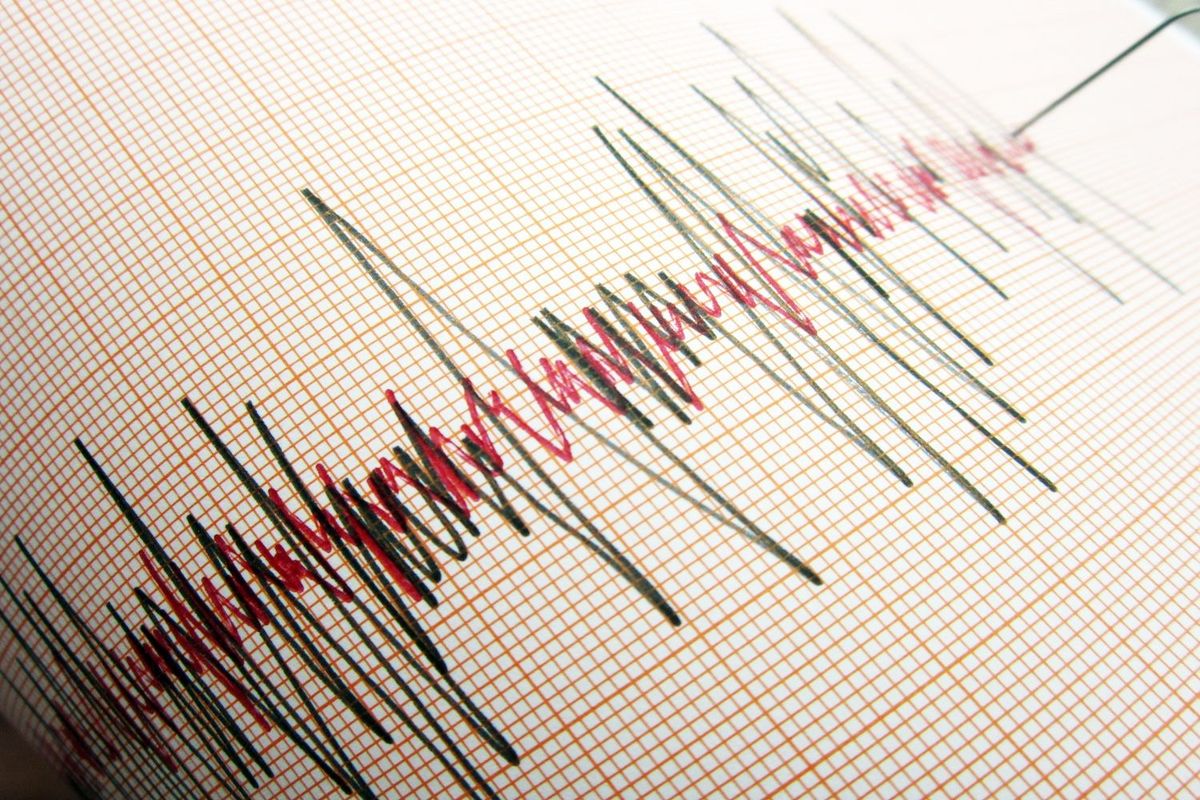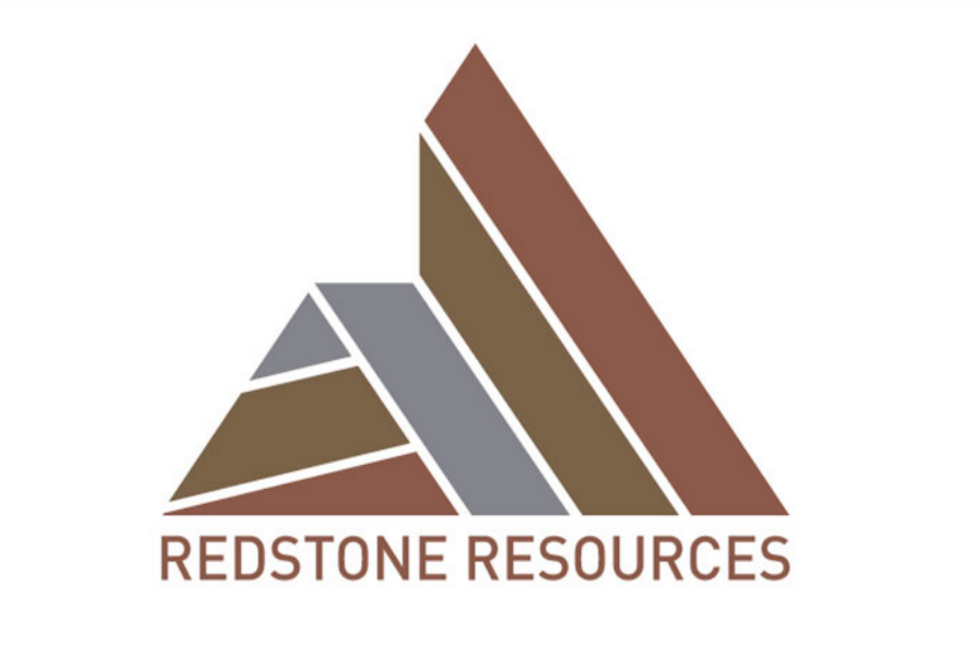Seismic Disruptions Could Cost Copper and Rhenium Industries Billions, USGS Study Shows
A new study by the US Geological Survey quantifies the risks and losses that heightened seismic activity may create for copper and rhenium producers.

A study published by the US Geological Survey shows that earthquakes can have a "substantial" impact on mining, smelting and refining operations, creating lasting impacts for the global economy and supply chains.
Focusing on copper and rhenium, a silver-gray transition metal, the study aims to quantify the risks that earthquakes pose to supply — a variable that has not previously been systematically categorized.
Copper production and risks
According to the study, many of the world's largest copper and rhenium production facilities are located in regions prone to high seismic activity, such as South America, East Asia and the Pacific.
Chile and Peru are particularly significant for copper, taking the first and second spots for global output.
The US Geological Survey notes that 76 out of 101 combined copper-producing facilities in both countries are located in areas with a high probability of experiencing significant seismic activity within the next 50 years.
The analysis estimates the expected annual disruption (EAD) of global copper production due to earthquakes, noting that it ranges from 0.3 to 1.1 percent of worldwide production. Smelters fall between the 1.8 and 4 percent bracket, while refineries are within the 1.5 to 3.3 percent range.
The potential financial impact of these disruptions is substantial. The study estimates revenue loss from earthquake-induced disruptions to range from US$315 million to US$1.29 billion for copper mining, US$1.92 billion to US$4.33 billion for copper smelting and US$2.06 billion to US$4.52 billion for copper refining.
Rhenium production and risks
Rhenium, a by-product of copper and molybdenum mining, is crucial for making superalloys used in jet engines.
The US Geological Survey study identifies 12 major rhenium production facilities globally, with significant capacities located in the US, Chile and South Korea. Like copper facilities, many rhenium production sites are in high-risk seismic zones, such as parts of East Asia, posing a similar threat to their production stability.
In terms of impact, rhenium has an EAD of 0.32 to 1.32 percent. The study tallies estimated revenue loss in disrupted rhenium production to range from US$337,000 to US$1.4 million.
Implications for global supply chain and economy
The study further underscores the tangible effects of disrupted supply chains to the global economy, such as higher prices for commodities, production delays and economic losses across sectors dependent on these minerals.
While the ability of unaffected facilities to ramp up production and compensate for losses is a mitigating factor, the overall economic impact would still be significant, especially for countries heavily reliant on copper and rhenium.
Dr. Kishor Jaiswal, a US Geological Survey research structural engineer and lead author of the study, believes that the framework produced by the study can help national governments and key producers make crucial decisions, and can serve as a template for similar studies on other mineral commodities.
“While our study assessed the potential for the disruption to the supplies of copper and rhenium due to earthquake hazards, this published framework will serve as a template for other mineral commodities of interest around the world,” he explained in a Thursday (July 18) press release.
Don't forget to follow us @INN_Resource for real-time updates!
Securities Disclosure: I, Giann Liguid, hold no direct investment interest in any company mentioned in this article.






